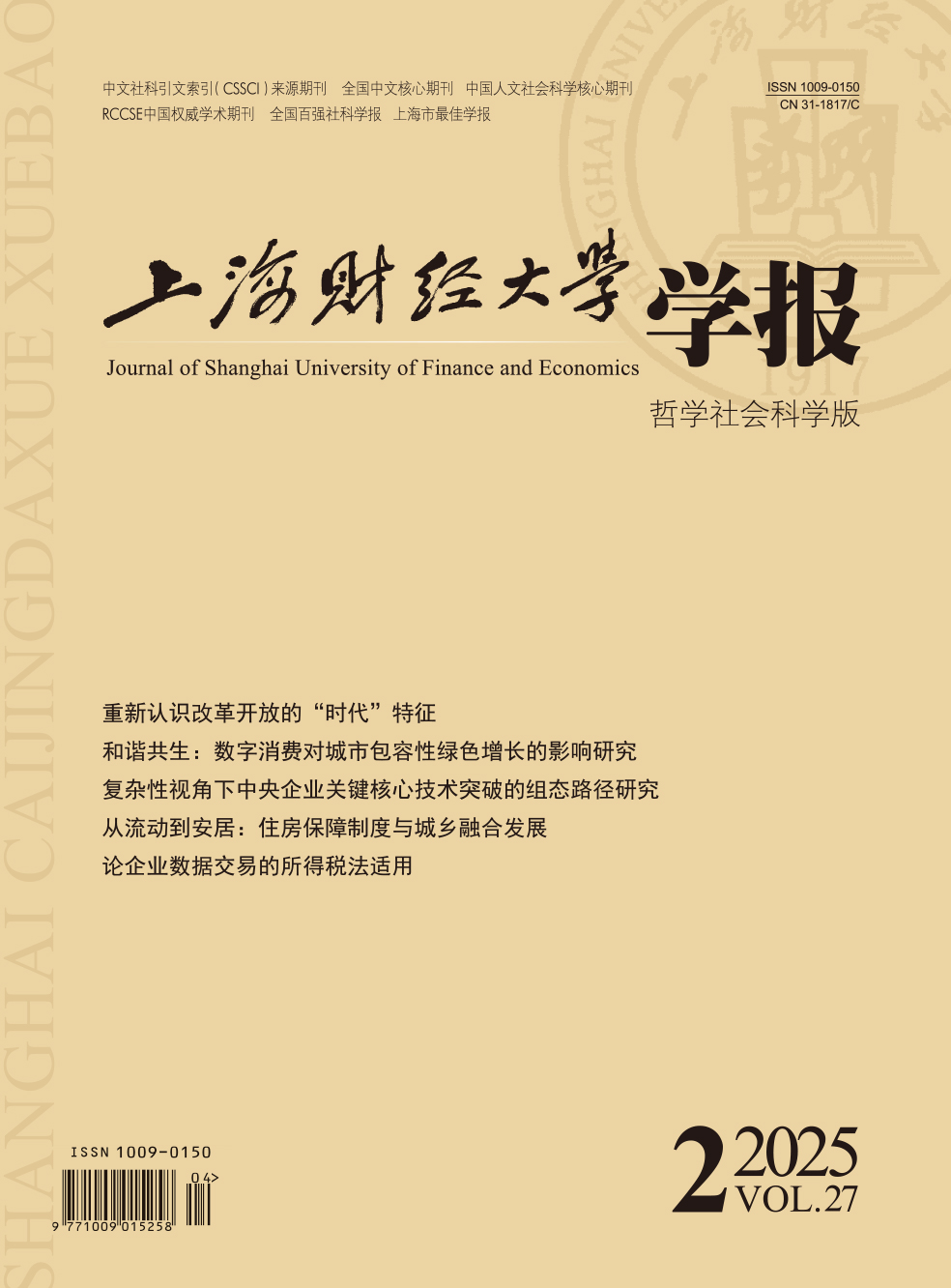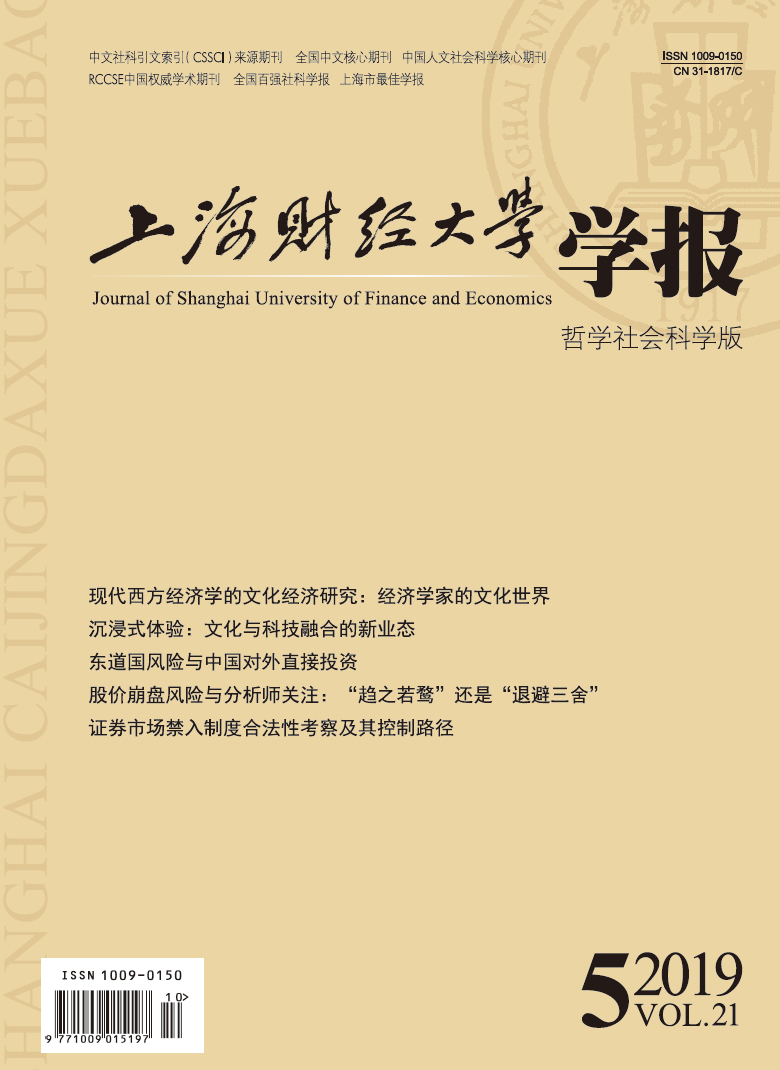With the large-scale development of China’s outward direct investment located in countries along the Belt and Road, the host country risk is worthy of attention. Based on the existing literature, there is still room for the selection of appropriate methods and the establishment of a sound risk assessment index system to measure the risk of host countries along the Belt and Road, and it is of great theoretical and practical significance to study the risk characteristics of investment destinations along the Belt and Road. Firstly, we build a national investment risk assessment index system and use the factor analysis to measure the comprehensive risk, political risk, economic risk, and social risk of 43 countries along the Belt and Road in 2013-2017, and we use Ward cluster analysis to test the effectiveness of risk measurement results. Secondly, we match risk measurement data and Chinese OFDI data to reveal the risk flow of Chinese outward direct investment located in countries along the Belt and Road. Thirdly, we use system GMM dynamic panel regression to further verify this fact. Fourthly, we analyze the causes of this phenomenon from three aspects: investment motivations, investment subjects and government promotion. Last but not least, we summarize this paper and propose some policy recommendations.
The results of risk measurement show that the risk in Singapore, Slovenia, Estonia, Lithuania and other Eastern European countries along the Belt and Road is relatively low, while the risk in South Asian countries such as Pakistan, West Asian countries such as Yemen and North African countries is relatively high, and the risk in most Southeast Asian countries and some Central Asian countries such as Kazakhstan is moderate. The results suggest that China’s direct investment along the Belt and Road mainly flows to the middle and high risk countries in 2013-2017. Political, military and socio-cultural risks in host countries are the main risk factors. China’s outward direct investment along the Belt and Road is mainly driven by resource-seeking and market-seeking motives. State-owned enterprises are the main investment entities which are more " inclusive” in the high-risk investment environment. Also government push is one of the main reasons why Chinese OFDI along the Belt and Road flows to high-risk countries. This study not only provides risk information about the Belt and Road, but also helps to objectively understand the risk characteristics of China’s direct investment in the initial stage of the construction on the Belt and Road, and guides enterprises to optimize investment which promotes high-quality economic development.





 5175
5175  6997
6997

